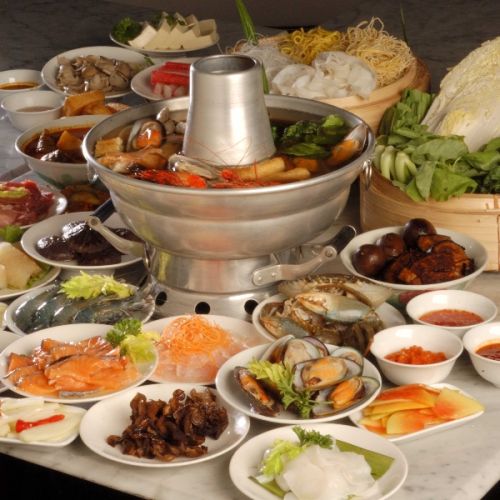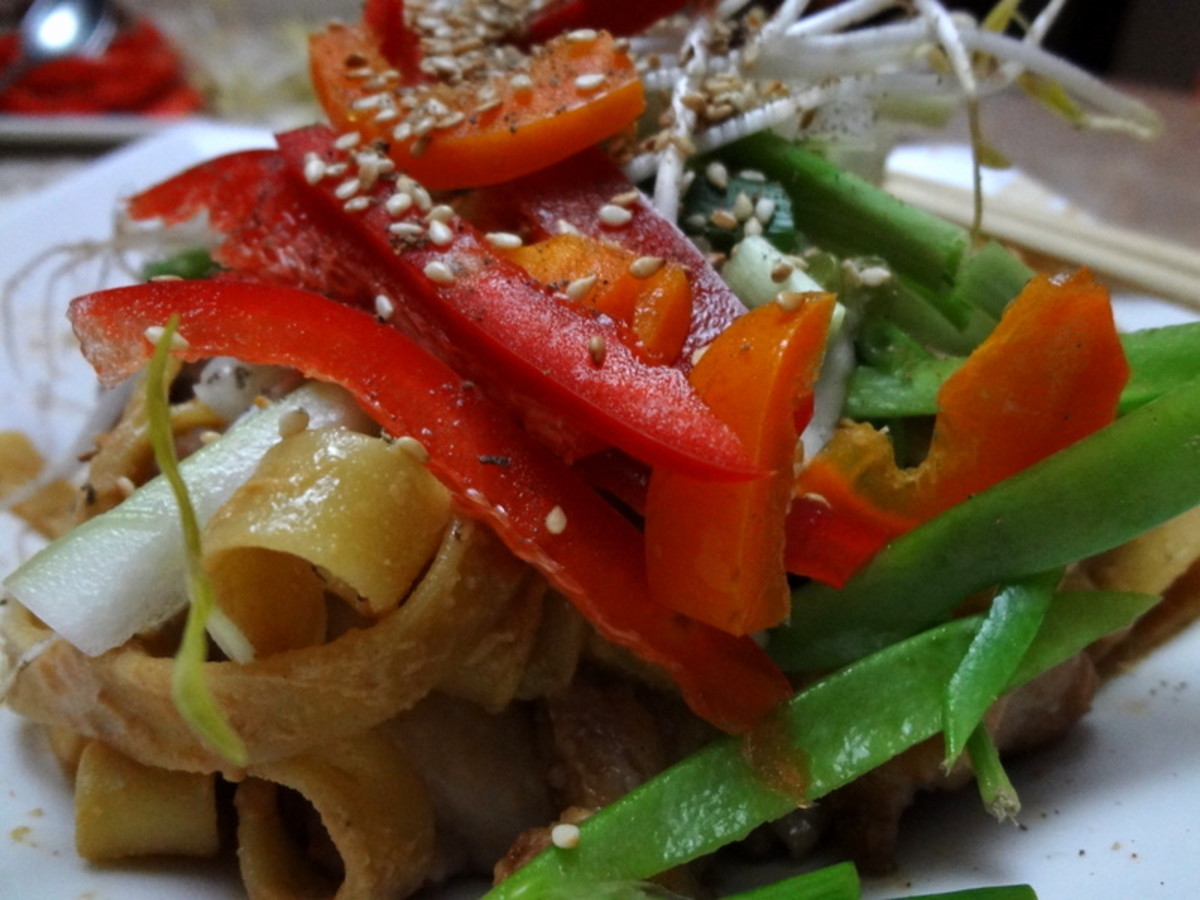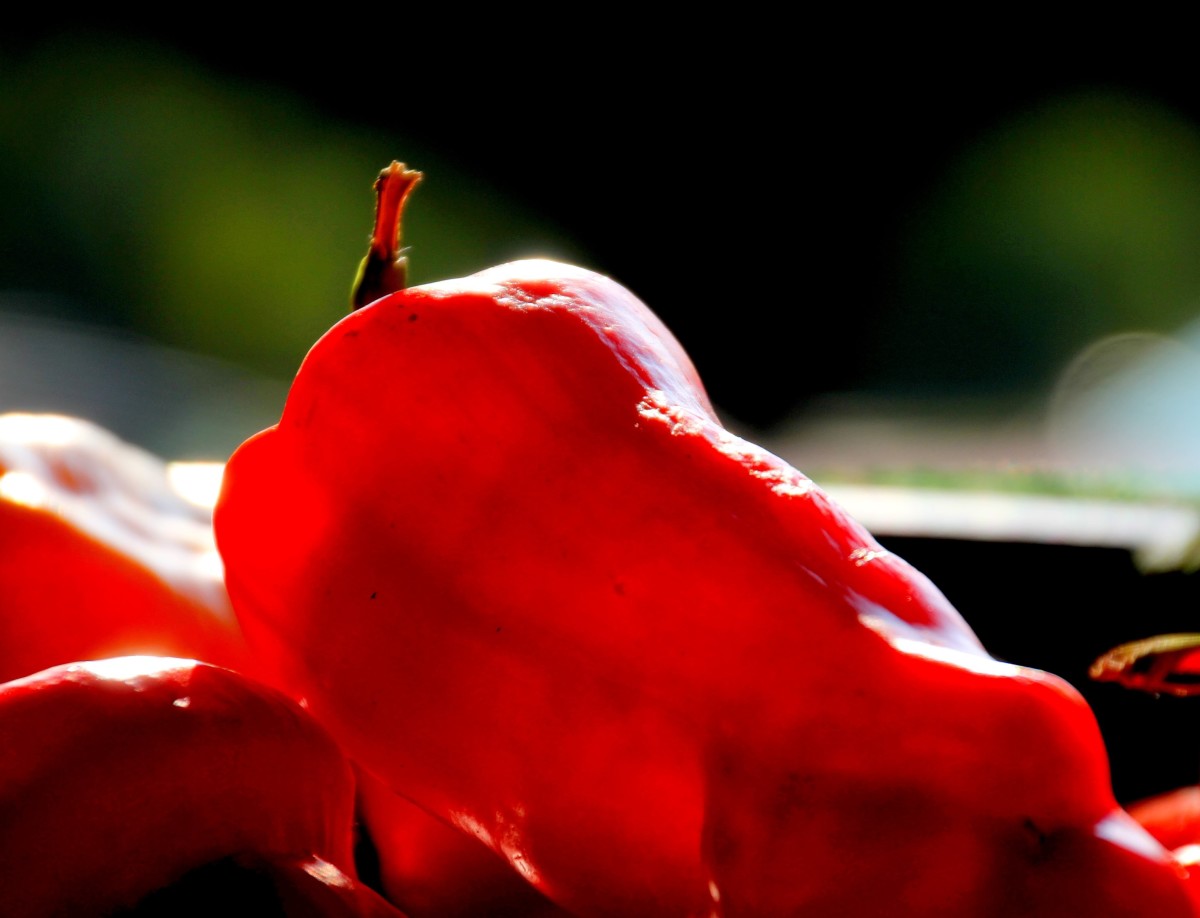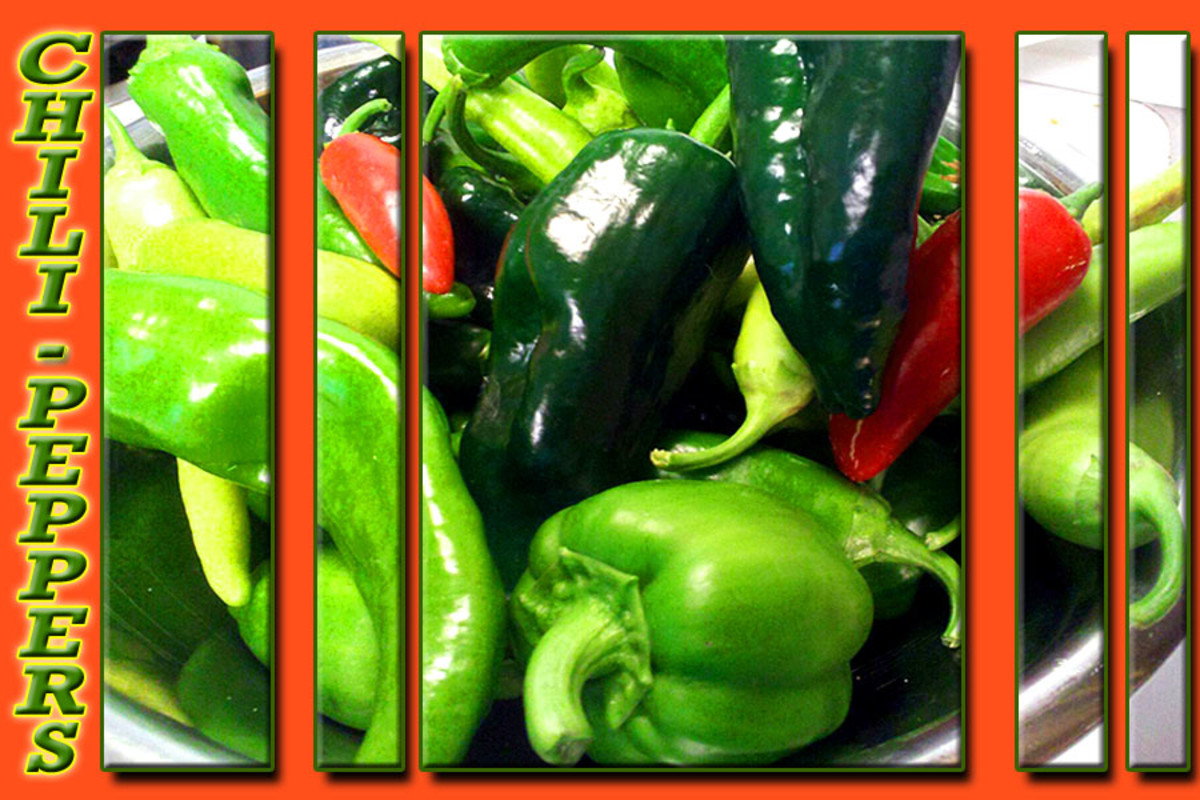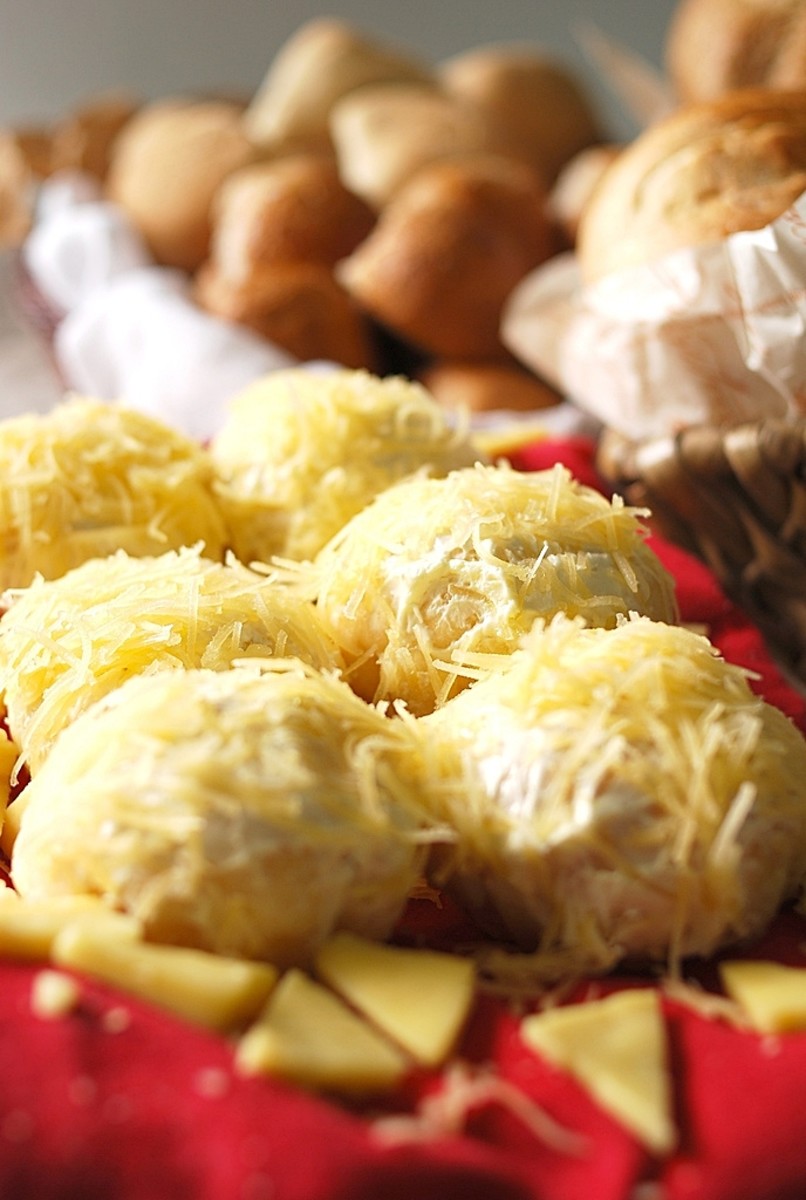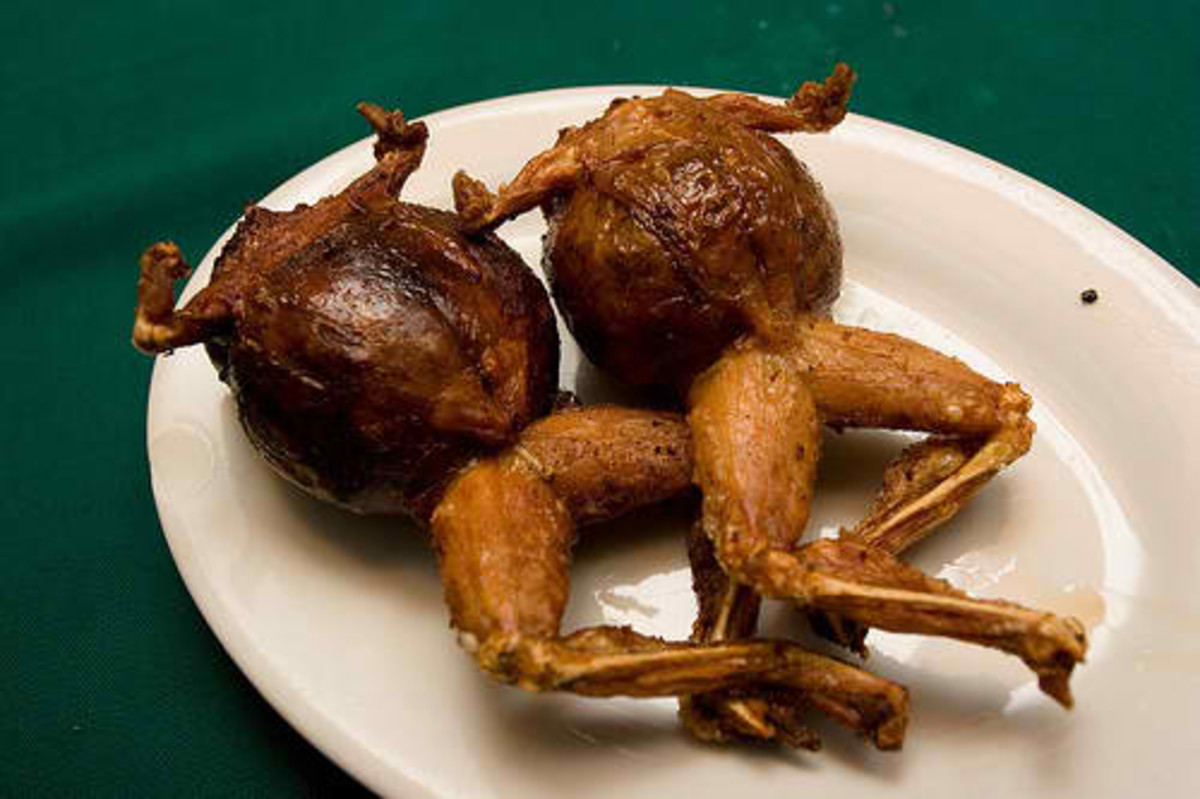Hot Sichuan (Szechuan) Cuisine
Sichaun cuisine is almost synonymous to spicy food..
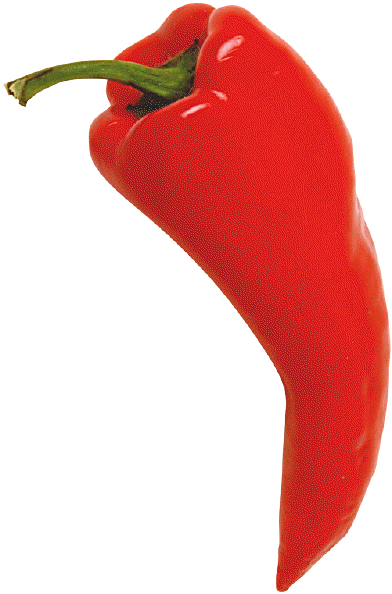
"I knew it was going to be tough going when the menu described the three levels of spiciness as 'Hot,' 'Way Hot' and 'Legal Waiver Required.' " Al Apeno — Spicy Run, Ohio
If you’ve seen a waiver like this on your menu, you know you’re in for some serious assault on your taste buds—and the spicy lover actually welcomes it. Spicy Chinese food is almost synonymous to the general populace as Szechwan cuisine , though there is more to it than spices. Szechwan is a distinctive culinary art involving a variety of spices and a delicate combination of fundamental taste sensations: sweet, sour, bitter, salty and hot. When these different flavors come together in the wok, the result can be lethal to your sweat glands, so grab a cool drink before we proceed with this hot, spicy and totally sexy food hub.
What is Szechwan Cuisine?
Call it Szechuan or Szechwan—it’s a matter of preference but the Romanized (or pinyin translation) word is Sichuan which is what we will adhere to for the rest of this hub. Sichuan cuisine originated in the Sichuan province, located on the Southwestern part of China, where it derived its name from the four tributaries of the great Yangtze River. The large basin of Sichuan province is quite naturally well-irrigated and therefore well-suited to the cultivation of rice. Sichuan cuisine encompasses other regional cuisines found in this province—namely Chengdu, Zidong, Chongqing and its milder, less fiery cousin, vegetarian cuisine.
History of Sichuan Cuisine
Sichuan cuisine dated back to the Tang Dynasty, where a 50-volume Sichuan cookbook was produced. Interestingly, most of the foods were as nearly as hot. However, other forces came into play which helped shape Sichuan cuisine to what we know it today.
History tells us that Christopher Columbus found chili peppers in the Bahamas, which he mistook for the Orient. He personally christened it “pimentito” or pepper, thinking that it was black pepper. Two mistaken conclusions can have grave consequences, but not for Columbus—he introduced chili peppers to the world at large, including the Sichuan province.
How did chili peppers find its way to the landlocked, mountain-lined region of Sichuan? History can get contentious as is the case here. Some sources speculated that Indian missionaries brought the chilies with them during their travels along China’s Silk Route, constructed by the Han Dynasty for military and strategic purposes. Others claimed that Chinese merchants trading with Spanish and Portuguese sailors at various seaports introduced chili peppers to the province.
Sichuan hot pots--so spicy it can set your mouth on fire.
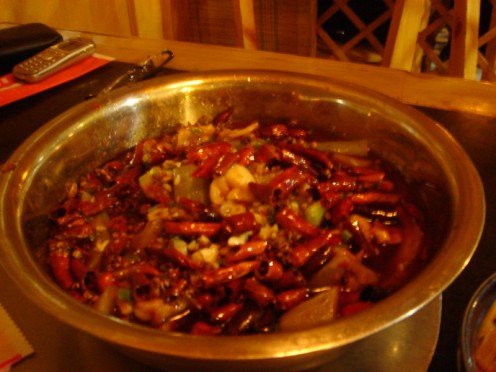
Closer look at Sichuan peppers
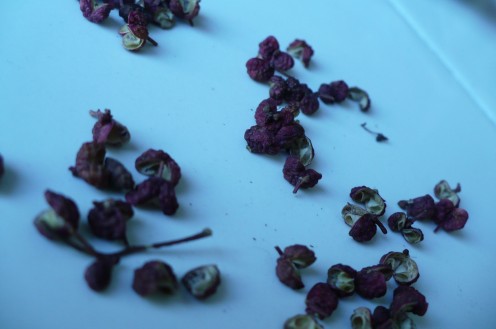
I love Sichuan peppers so much, I wrote a little poem:
Ecstacy
Dainty ladies
blush
red and brown.
Lavendar escapes
with a kiss of lemon.
A little taste
unleashes
a thousand tingles
pins and needles converge
to hypnotize and numb,
only to resurrect
pain and pleasure combined,
to make dining divine.
Cuisine Shaped by Climatic Factors
Still, that doesn’t fully explain the preponderance of bold spices used in this cuisine. Another factor comes into play—the climate. Given that Sichuan province is both hot and humid, the muggy weather can cause food to spoil easily. To prevent food spoilage, before the invention of refrigeration, preservatives and spices became the natural solution. Foods were salted, pickled, dried and smoked to prolong its usability and the use of strong spices serves to mask any strong flavor resulting from such methods of preservation.
There is another correlation between the use of hot spices and hot weather. Hot spicy foods induce perspiration, which in turns helps the body to cool down naturally. You can say that it’s man’s ingenious way of coping with heat. Spicy Sichuan cuisine does that.
Epicures of Sichuan cuisine, however, will attest to another compelling reason for this fiery cuisine. The inclusion of hot spices stimulate the palate, heightening the sense of taste, which I will gladly attest to, being a spicy lover.
Popular Sichuan Cuisine
Common Ingredients
If you examine the components of a typical Sichuan dish, you will find some common ingredients, used in different ways. Techniques such as stir-frying, roasting, simmering, basting and braising help to bring out the burst of flavor. Let’s introduce the star performers:
-
Sichuan Peppers
“There's a war in my mouth." –a Sichuan pepper lover
"My tongue is smiling." Abigail Trillin
When I was first introduced to this feisty pepper, my tongue was numbed with a sensation I cannot quite place. This pin-and-needle sensation bites your tongue and then numbs it, leaving a tingling sensation. But don’t let the numbness lull you into thinking that your senses have gone to asleep. On the contrary, it sharpens your taste buds, so that everything you taste is more appetizing. Hmm, maybe, that’s why spicy lovers remain faithful.
And who is responsible for this indescribable enjoyment?
Sichuan peppers are technically not peppers. They are dried berries of a shrub from the fagara family. Commonly referred to as “flower pepper” in China, they are native to northern China. It is speculated that Sichuan peppers were used even before the introduction of chili peppers in the 15th century.
Fresh Sichuan peppers are reddish-brown and dry roasting them in a pan will bring out the intense flavor. However, it is not the Sichuan pepper that imparts spiciness in a Sichuan dish—the honor goes to the red chili peppers. Sichuan peppers are there to intensify flavor and the spiciness is increased many folds by using the red chili pepper and Sichuan pepper combination.
Sichuan peppers can be found in Asian supermarkets, though from experience, the quality is not as good. Order them online from specialty stores.
My precious stash of Sichuan peppers

Chili Peppers
Often, dried red chili peppers are used in Sichuan cuisine. The hit of spice is caused by the active ingredient, capsaicin. The spice can make you weep, set your tongue on fire and if you are not accustomed to the hit, you may find yourself panting like a thirsty dog. Although this seems self-tormenting, many spicy lovers will tell you of the pleasure of going on a spicy high. The mind clears and if you have sinus, it is sure to clear it.
In authentic Sichuan cuisine, red chili peppers take center stage. If you order red dried chilies with diced chicken, you may find yourself searching for the chicken nuggets in a mountain of hot, seared chili peppers.
Ginger
Ginger adds zing and when they cavort with red chili peppers and Sichuan peppers, it adds intense flavor and oomph. Besides adding flavor to foods, ginger boosts volatile oils and pungent phenol compounds such as gingerols and shogoals that deliver health benefits as well.
Often, ginger is chopped or sliced, even minced and then sauteed in sesame oil to bring out the pungency. Ginger is also the key ingredient of the famous doubanjiang sauce used in Sichuan cooking. Ginger, garlic, scallions are combined with black bean are used to make this sauce.
If you have always wonder about Mala sauce, it is none other than doubanjiang sauce seasoned with chili peppers and Sichuan peppers.
Garlic
Garlic lends its pungency to Sichuan cuisine, often acting as a supportive role. It is often used with ginger and chili peppers to give Sichuan cuisine its characteristic taste.
Sesame oil
Sesame, the most ancient of seeds, has roots tracing as far back as 3,000 B.C. was used by the Assyrians Egyptians and the Persians. The oil from toasted sesame seeds, is also a popular ingredient in Chinese cooking. Golden brown and very aromatic, sesame oil has always been the oil of choice in Sichuan cuisine as well.
Star Anise
As the name suggests, it is star-shaped and intensely aromatic, quite akin to licorice in smell. It is native to China, Vietnam, Indo-China and Japan. It can be used whole and added directly to stew, hot pots, or to flavor meats. It can also be used grounded. Grounded star anise and Sichuan peppers are both components of Five Spice powder.
Star anise features strongly in dark soy sauce meats stewed for lengthy periods of time to infuse flavors. It is also one of the needed ingredients used to make marbled eggs, a famous Chinese hors d’oeuvre. Both types of preparations are generally not spicy.
Other ingredients
Other ingredients include soy sauce, dark soy sauce, broad bean paste and the various sauces (some discussed above) and chili garlic sauce and peanuts .
Most of these ingredients can be found in the Asian supermarkets. Some common ingredients (ginger, garlic, soy sauce) can also be found in mainstream supermarkets. Asian spices are best ordered from specialty stores. These spices are best stored in air-tight containers in a cool, dry place.
Some of the main ingredients used in Sichuan cuisine--white pepper (widely used in Asian cooking), green onion, star anise, ginger and sichuan peppers.
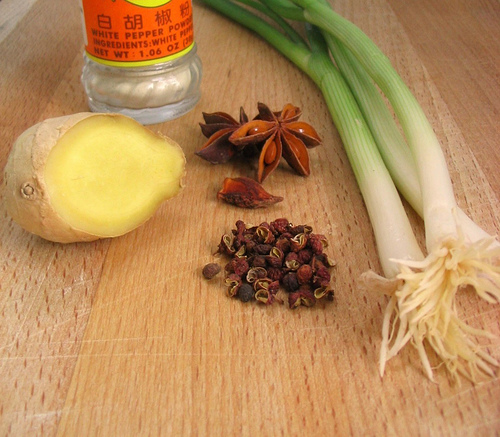
Five Taste Sensations
Sichuan cuisine is also known for pampering the five taste sensations.
- Sweet—comes from beet root sugar or cane sugar, also fruits
- Sour—pickled vegetables, varieties of vinegar (red, rice wine, white, black)
- Salty—soy sauce, salted fish, smoked duck, flavored salts and regular salt
- Bitter—dried orange peel, a special bitter melon is used
- Spicy—discussed above.
My version of Sichuan shredded beef incorporating sweet, pungent, sour, salty taste sensations.
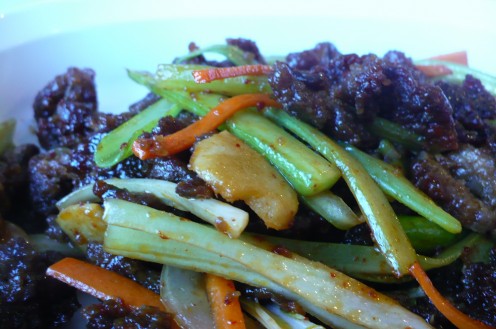
My Sichuan tofu with a tangy spicy sauce. Again, notice the combination of the different taste sensations.
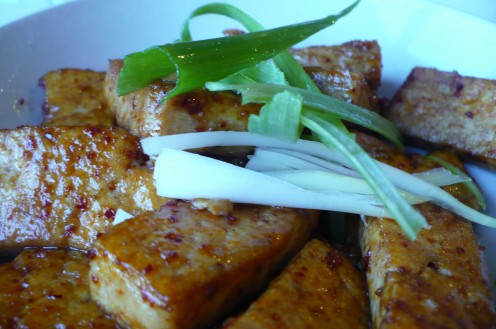
Hot Pot Experience in Chengdu
Traditional Sichuan tea-smoked duck served with steamed buns and yummy sauce.
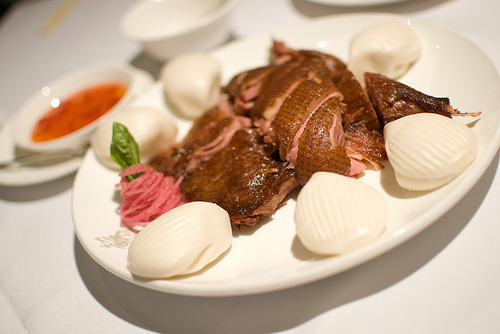
Regional Variations
Even within Sichuan province itself, there are variations. Chongqing is a branch of Sichuan cuisine. Like true-blue Sichuan cuisine, it is distinctively spicy and bold. Almost 40 different cooking methods are involved, all carefully balanced to bring out flavor and nutrition. The Chinese saying, “People make food their heaven,” couldn’t be more true in the state of Chongqing. Food gushed with an array of tempting flavors. It is also the birthplace of hot pots, where spicy, fragrant broth is steaming hot and diners dip morsels of food to infuse all the rich flavors before dishing out the goodies with the broth. It reminds one of fondue with an Asian twist. Once a seasonal favorite invented to keep warm in the cold winters, it is now enjoyed all year round. In other parts of China and Southeast Asia, this hot pot is also known as steamboat, with clearer, less spicy broth.
Chengdu, the capital of Sichuan is said to be the birthplace of Sichuan cuisine. It is now one of the worlds’ most important gourmet centers, boosting many firsts—China’s first winery, first tea culture center, first industrial base and first cuisine museum. Hot pots are usual fare, with street vendors selling skewers of organ meats, squid and vegetables, ready for dipping into the spicy broth.
One of the Chengdu’s clever invention of culinary adventures is the tea-smoked duck, where duck is smoked over tea leaves to deliver a delightful flavor. And contrary to notions, not all Sichuan cuisine is spicy as is the case with tea-smoked duck. In fact, only one third of Sichuan cuisine is spicy in nature.
Other variations
Depending on the taste buds of any given country or region, Sichuan cuisine has been adapted by savvy chefs to suit the needs of the people. In America, Sichuan cuisine is “Americanized,” –the level of spiciness is "doctored" down. It tends to be sweeter too. Of course, even within America, Sichuan cuisine tends to be more authentic in Asian enclaves.
This can be said of any cuisine, where adaptation becomes a necessity to cater to the culinary experience and expectations of the general populace.
Below are some more examples of regional variations. Enjoy.
My Americanized Orange Chicken
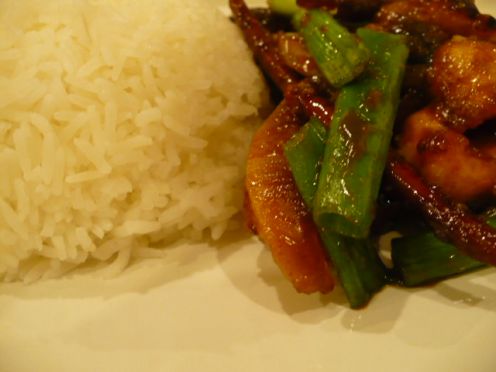
Sukiyaki--Japanese version of Sichuan hot pot--sweeter and milder with a soy based broth.
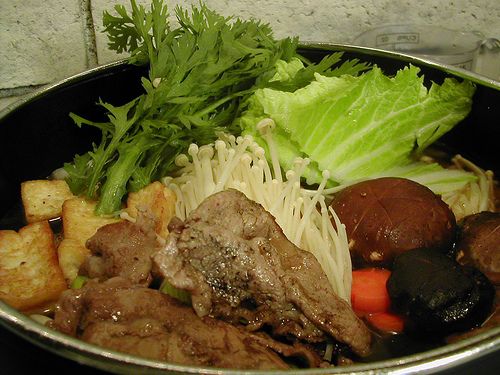
In Singapore, where 75% of the population is of Chinese origin, steamboat, a version of hotpot is popular. The broth is clear, usually made from chicken.
